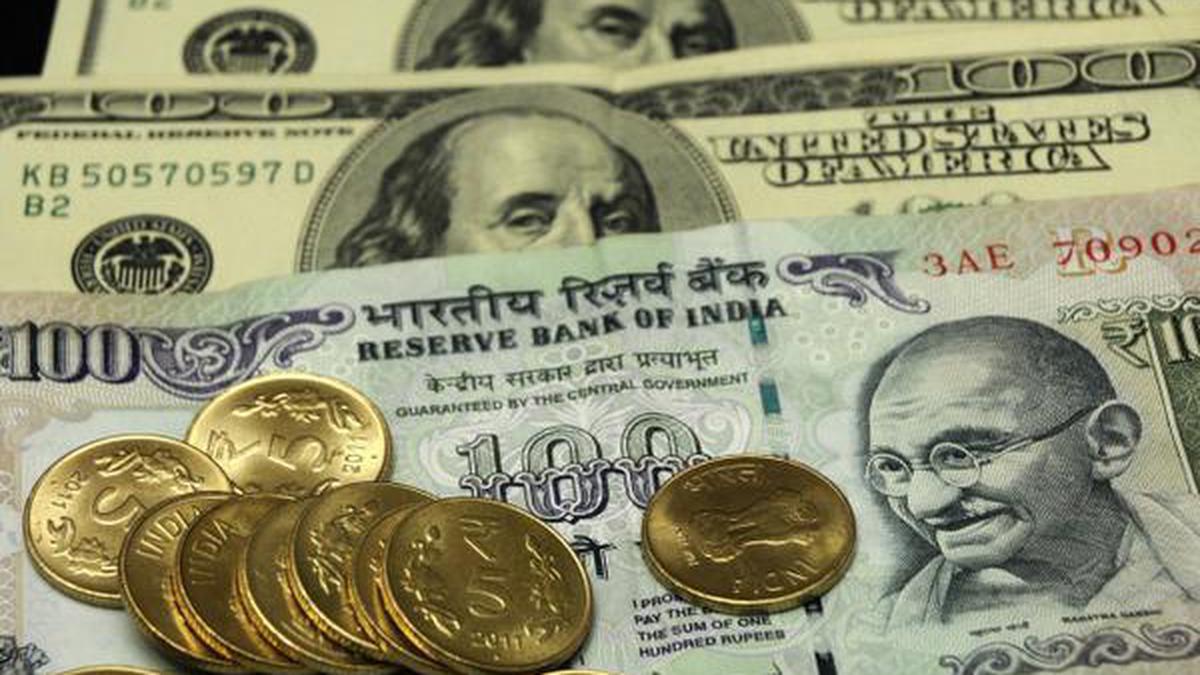









As of February 3, 2025, the Indian rupee has plunged to an all-time low of 87.12 against the U.S. dollar, marking a significant decline driven by multiple factors including concerns over U.S. tariff hikes, a strengthening dollar, foreign capital outflows, high crude oil prices, and a widening trade deficit [dd869158]. The rupee opened at 87.06 but dropped 55 paise within just 10 minutes of trading [dd869158]. This depreciation is expected to raise import costs, increase inflation, and affect expenses related to foreign travel and education, although it may provide some advantages to exporters [dd869158].
Prior to this decline, on February 2, 2025, the rupee had already depreciated by 3 paise, trading at 86.65 against the dollar, influenced by foreign fund outflows and increased demand for the dollar [e47c4d75]. Union Finance Minister Nirmala Sitharaman had previously stated that the rupee had only depreciated by 3% against the U.S. dollar, remaining stable against other currencies due to strong macroeconomic fundamentals [40cf7e58]. However, the recent decline has raised concerns about the effectiveness of these fundamentals in the face of external pressures.
The dollar index had risen to 108.20, contributing to the rupee's challenges, while Brent crude prices were quoted at ₹77.51 per barrel, further complicating the currency's stability [e47c4d75]. On January 30, 2025, the rupee was already facing difficulties, opening at around 86.57-86.58 against the dollar, slightly weaker than the previous day's close of 86.54 [0392dc24].
UBS Group AG had warned that India's economy is entering a 'structural slowdown,' advising investors to short the Indian rupee and adopt an underweight stance on Indian stocks, citing weak credit growth and a notable decline in foreign direct investment (FDI) as key concerns [5512decb]. Raghuram Rajan, former Reserve Bank of India governor, attributed the rupee's depreciation primarily to the strengthening U.S. dollar and cautioned that intervention by the RBI could negatively impact Indian exports [e35a870a][68971d21].
In response to the currency fluctuations, the Reserve Bank of India had announced measures to inject Rs 1.5 lakh crore into the banking system, including open market operations (OMO) bond purchases [c9607b8f]. However, the recent drop to 87.12 raises questions about the effectiveness of these interventions. Anil Kumar Bhansali from Finrex Treasury Advisors had previously expected the trading range for the rupee to be between 86.20 and 86.50, advising exporters to hedge near 86.60 and importers to buy on dips [c9607b8f].
The economic outlook remains uncertain, with reports indicating that investors have lost ₹24.69 lakh crore in wealth over recent days [479dd16a]. The upcoming 2025 Union Budget may include measures aimed at stabilizing the rupee, such as raising import tariffs to support local industries [541211d8]. Rajan suggested that the focus of the budget should be on job creation and enhancing household confidence to stimulate economic growth [e35a870a][68971d21].